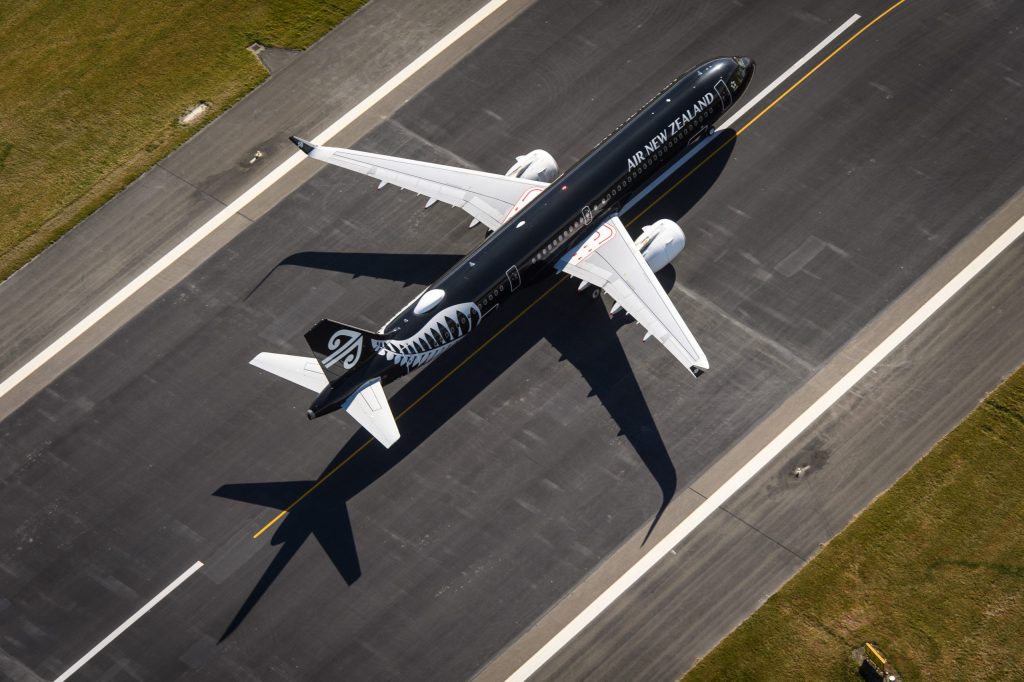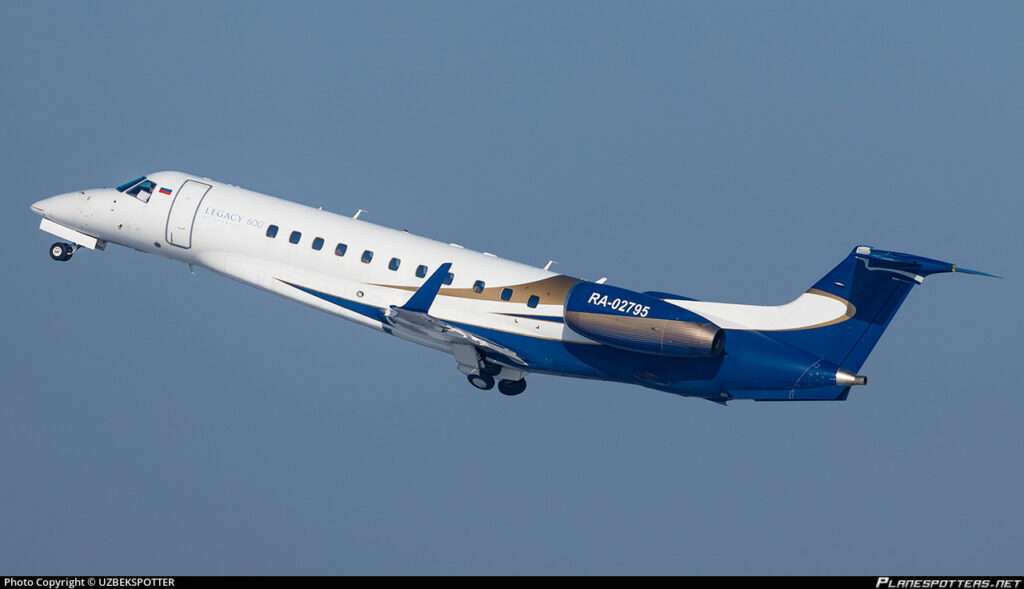Wellington Airport has today announced its financial results for the 12 months to 31 March 2024.
The New Zealand airport notably marks a triumphant year, surpassing both passenger numbers and earnings from pre-pandemic levels.
This surge in activity signifies a strong recovery for the aviation industry in New Zealand’s capital city.
Passenger Traffic at Wellington Airport
The airport welcomed an impressive 5.5 million passengers in the 12 months ending March 31, 2024. This figure marks a significant increase of nearly 200,000 compared to the previous year.
Notably, it represents a successful return to near pre-Covid levels, reaching 89% of passenger numbers recorded in the financial year ending March 31, 2020.
International travel witnessed a particularly robust recovery, with a surge of 31% in passengers year-over-year. This upswing reflects a growing appetite for global travel and bodes well for Wellington’s international connections.
Financial Performance Strong
While the after-tax result shows a net loss of $28.8 million, this is primarily due to a one-off government policy change regarding tax depreciation on commercial buildings.
This change impacted Wellington Airport alongside many other New Zealand businesses. Excluding this one-time impact, the airport’s financial performance is positive.
EBITDAF (earnings before interest, tax, depreciation, and amortization for rent) reached a strong $107.1 million, exceeding both last year’s $89.6 million and pre-Covid’s $103.9 million.
This financial resilience demonstrates the airport’s ability to navigate challenges and adapt to changing circumstances.

Infrastructure Developments Pave the Way for Growth
Wellington Airport is committed to long-term growth and has strategically invested $67.7 million in infrastructure throughout the past year.
This investment, made in close collaboration with airline partners, lays the foundation to accommodate the anticipated future growth in travel demand for Wellington and the surrounding region.
The focus on infrastructure improvements ensures the airport remains well-equipped to handle increasing passenger volumes and provide a seamless travel experience.
Key Highlights
The annual review highlights several positive developments that contribute to the airport’s overall success story.
Notably, all pre-Covid routes have been restored, with airlines exceeding pre-Covid capacity levels. This signifies a return to normalcy in terms of connectivity and reflects the airlines’ confidence in the Wellington market.
Qantas has emerged as the dominant international airline, offering 40% more seats by year-end compared to pre-Covid.
This expansion demonstrates a strong commitment to Wellington and positions Qantas as a key player in the city’s international travel landscape. Fiji Airways also continues to experience strong growth with an 81% increase in passenger capacity compared to pre-Covid, solidifying its popularity as a destination for Wellington travelers.
The completion of Taxiway Bravo reconstruction ensures efficient aircraft movement on the ground. Additionally, the development of a new Airport Fire Station highlights the airport’s commitment to safety and operational excellence.

Wellington Airport: A Greener Future
Wellington Airport is also taking a leadership role in sustainability, aiming to achieve net zero emissions for its own direct operations by 2028. This ambitious target is two years ahead of the original schedule.
This commitment is outlined in their annual Kaitiakitanga report, which emphasizes the importance of environmental responsibility.
Key sustainability initiatives include electrifying ground vehicles and transitioning away from gas boilers to reduce the airport’s carbon footprint.

Additionally, the airport is actively supporting airlines in adopting sustainable technologies such as hydrogen trials and Air New Zealand’s electric demonstrator aircraft service starting in 2026.
This collaborative approach positions Wellington Airport as a leader in environmentally conscious aviation practices.
While challenges remain in decarbonizing aircraft operations, Wellington Airport is making significant strides in reducing its direct emissions.
With a 27% decrease since 2017, the airport is well on its way to achieving its environmental goals. This focus on sustainability ensures that Wellington Airport grows responsibly, minimizing its environmental impact while supporting the growing needs of travelers.
The airport’s commitment to both economic success and environmental responsibility positions it for a bright and sustainable future as a vital gateway to New Zealand’s capital city.

Click the banner to subscribe to our weekly newsleter.

Click the photo to join our WhatsApp channel so then you can stay up to date with everything going on in the aviation industry!




